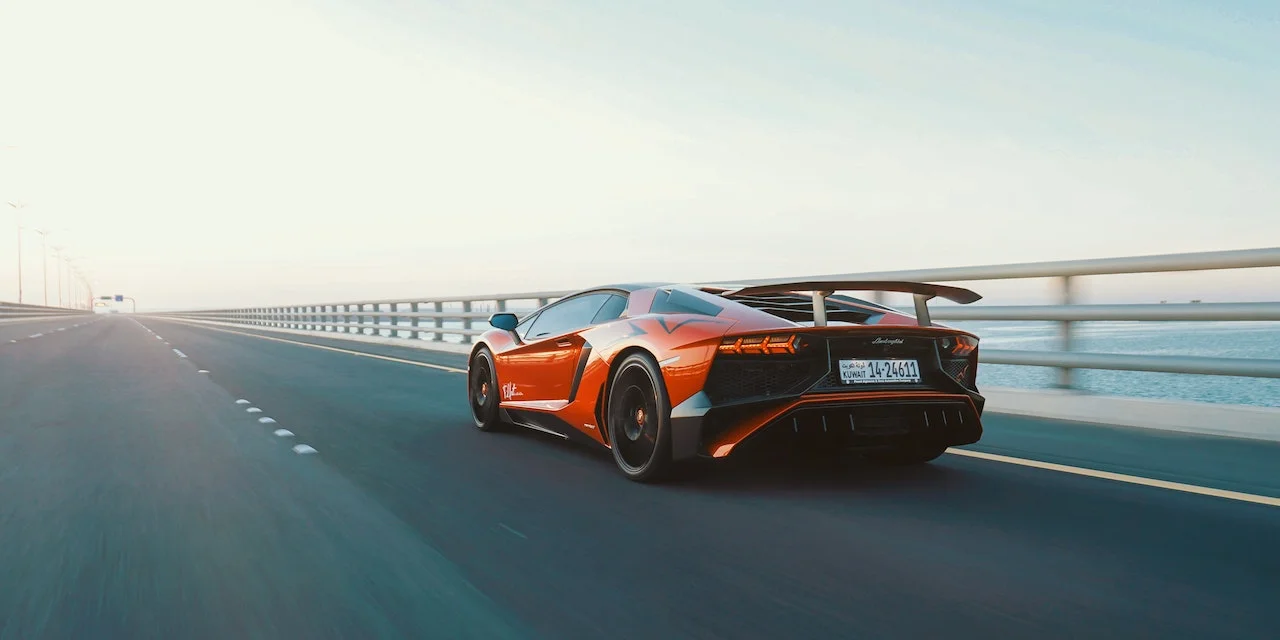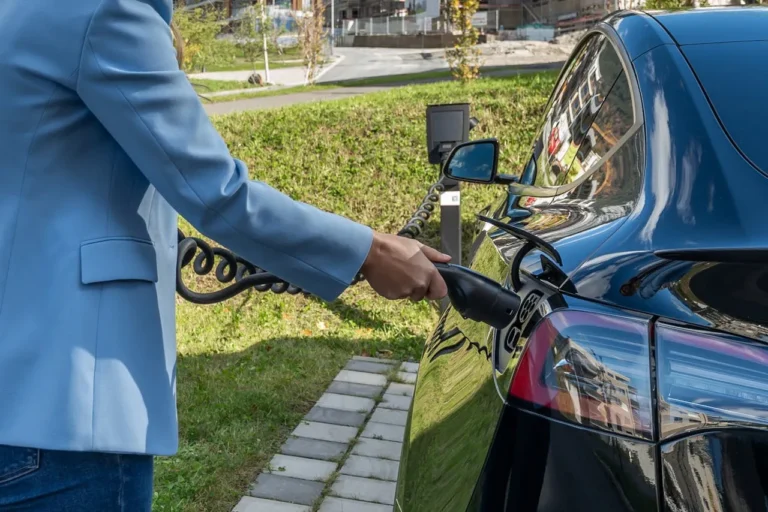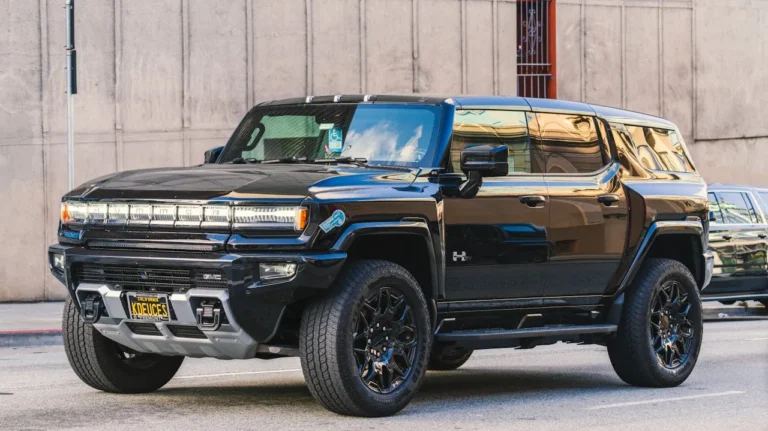
The low speed vehicle market is projected to grow from USD 10.4 billion in 2023 to USD 15.0 billion by 2028, at a CAGR of 7.4%
In today’s aging global landscape, Low Speed Vehicles (LSVs) are becoming increasingly indispensable, especially in nations like the U.S. and Japan with a significant elderly demographic. With the post-pandemic surge in tourism and a growing interest in golf, LSVs have become popular for mobility in golf courses and tourist hotspots.
The World Bank highlights that over a quarter of U.S. citizens are aged 60 or above, with many residing in specialized communities favoring street-legal vehicles for everyday commuting. Japan, too, reports a similar trend with over 28% of its population in the senior age bracket.
Post-pandemic tourism saw a leap from 54 million tourists visiting museums and landmarks in 2020 to 71 million in 2021. Coupled with the rising popularity of golf across North America, Europe, and parts of Asia, LSVs are becoming the vehicle of choice for many, be it on golf courses, tourist sites, or within senior communities.
However, the LSV market hasn’t been without challenges. Factors like the Russia-Ukraine conflict, global inflation spikes, recurring pandemic lockdowns, and a sharp rise in the U.S. dollar exchange rate can potentially hinder growth, impacting vehicle prices and the production of essential components.
In Europe, countries such as the UK, Germany, and France are leading the demand for LSVs. Industrial utility vehicles, particularly those with a power output of <8 kW, dominate the market, given their high torque and performance, making them ideal for resorts and golf courses.
These countries also incentivize electric vehicle purchases, aiming for reduced CO2 emissions. Moreover, with an upswing in the number of mega centers – Germany saw a 50% YoY increase between 2018 & 2019 – there’s a growing need for commercial utility vehicles in warehouses, and Chinese manufacturers are stepping in, exporting cost-effective options to Europe.
Prominent companies include Textron Inc. (US), Deere & Company (US), Yamaha Motor Co. Ltd. (Japan), The Toro Company (US), Waev Inc. (US), and Club Car (US) among others.
The LSVs with <60V batteries are projected to dominate the market.
The standard electric low speed vehicles are installed with six or eight batteries and the voltage could be 36V or 48V. The 48V batteries are mostly preferred for LSV vehicles as they have good vehicle load-carrying capacities up to 4 -6 seating capacities. LSVs with 36V or 48V deliver adequate power & torque and offer a cost advantage as replacing batteries are easy and affordable.
These LSVs can perform well on flat & smooth surfaces at golf courses, large resorts, museums, amusement parks, college campuses, etc.
They can run on a smooth surface with ~23-28 mph maximum speed. Many businesses have gone online which has led to an increase in mega distribution centers and warehouses globally to cater to public demand, which has boosted the sales of electric commercial turf utility vehicles and industrial utility vehicles which has ultimately increased the demand for high voltage batteries.
These factors will boost the demand for lithium-ion batteries for <60V range batteries as they are more efficient and has lower maintenance cost which would keep the market demand upright for this segment in future .
The lithium-ion battery LSVs are expected to be the largest segment for electric LSVs in 2023.
Lithium-ion has the largest market for electric LSVs owing to its advantages such as higher travel range, better weight-to-performance ratio, lower self-discharge time, low maintenance, and less harmful to the environment.
Further, falling prices of lithium-ion have attracted US and European OEMs to adopt lithium-ion batteries in LSVs to comply with the strict environmental laws of developed countries and develop green mobility solutions. Most of the LSVs are equipped with lithium-ion batteries and getting electrified due to having a proper charging infrastructure globally.
The electric golf cart usually costs around USD 5500 to – USD 6000, whereas the gasoline-based golf cart usually costs USD 700 – USD 1000. Most of the OEMs offer a range of 30 -40 miles of range in full charge whereas in daily use, an electric golf cart runs only 5 – 10 miles a day and it costs very low for charging the vehicle with a better ROI than IC-based LSVs.
Premium Insights
- Rising Trend Toward Leisure Features and Advent of Connected Technologies to Drive Demand
- Commercial Utility Vehicles to Hold Largest Market in 2023 (USD Million)
- Electric Propulsion to Dominate Market During Forecast Period
- Li-Ion Batteries to Hold Largest Market During Forecast Period
- Golf Courses to Account for Largest Market in 2023
- <8 Kw to Register Largest Market Share in 2023
- <60 V Segment to Hold Largest Market in 2023
- L7 Vehicles to Dominate Market in 2023
- North America Estimated to Account for Largest Share of Market During Forecast Period







